AI vs Traditional Designers: The Future of Brand Design and What to Choose

In a world where creativity meets technology, the age-old battle between AI designers and traditional designers continues to evolve. As we step into 2025, businesses face a crucial decision: should they harness the power of artificial intelligence or rely on the human touch for their brand design needs? At Lovart, we're witnessing this transformation firsthand as our design agent bridges both worlds. Let's dive into this exciting landscape with a light heart and a curious mind! 🎨✨
Introduction: The Shifting Design Landscape
Remember when creating a logo meant hiring a designer, scheduling multiple meetings, and waiting weeks for revisions? Those days are rapidly changing. The rise of AI design tools has revolutionized how we approach brand identity creation, offering unprecedented speed and accessibility. Yet, human designers continue to bring unique creative intuition to the table that many argue can't be replicated.
According to recent industry reports, over 40% of businesses are now experimenting with AI design tools in some capacity, while 65% still maintain relationships with traditional designers. This fascinating overlap shows that we're not necessarily heading toward an either/or future—but potentially a collaborative one.
In this comprehensive guide, we'll explore the strengths and limitations of both AI and traditional designers, helping you make an informed decision for your brand's visual identity. Whether you're a startup founder on a tight budget or a marketing director at an established company, understanding this evolving landscape will empower you to choose the right design approach for your unique needs.
Understanding AI Design: Beyond the Buzzwords
Before we dive into comparisons, let's clarify what we mean by "AI design." Today's AI design tools go far beyond simple template-based generators. Modern AI design systems like Lovart use sophisticated algorithms trained on millions of design examples to understand fundamental design principles, brand psychology, and visual aesthetics.
How AI Design Tools Actually Work
When you interact with an AI design agent, you're engaging with a system that has analyzed countless examples of professional design work. These systems use various techniques to generate designs:
- Neural networks that recognize patterns in successful design elements
- Machine learning algorithms that understand color theory and typography principles
- Natural language processing to interpret your brief and requirements
- Generative adversarial networks that create and refine visual elements
For example, when you prompt Lovart with: "Create a modern, minimalist logo for an eco-friendly coffee shop called 'Green Bean' that appeals to environmentally conscious millennials," the AI analyzes each component of your request, drawing on its training to generate appropriate design options.

The Evolution of AI Design Capabilities
The capabilities of AI design tools have advanced dramatically in recent years. What began as simple automated templates has evolved into sophisticated systems that can:
| Year | AI Design Capability | Real-World Application |
|---|---|---|
| 2020 | Basic logo generation with limited customization | Simple text-based logos with preset colors |
| 2022 | Multi-element design with style understanding | Complete brand identity packages with matching elements |
| 2024 | Context-aware design with brand psychology | Industry-specific designs that resonate with target audiences |
| 2025 | Multi-format creative generation with strategic alignment | Cohesive campaigns across digital and physical mediums |
Today's AI design tools can generate not just static images but complete brand experiences—from logos and color palettes to animated social media assets and 3D visualizations. The question is no longer whether AI can design, but how it compares to traditional design approaches.
The Human Touch: What Traditional Designers Bring to the Table
While AI design tools have made impressive strides, traditional designers continue to offer unique advantages that stem from their human experience, empathy, and creative intuition. Let's explore what sets human designers apart in the creative process.
The Creative Process of Human Designers
Human designers don't just create visual elements—they embark on a journey of discovery, interpretation, and creative problem-solving. This process typically involves:
- Deep discovery: Having meaningful conversations with clients to uncover not just what they want, but what they truly need
- Contextual research: Exploring the client's industry, competitors, and audience with human intuition and curiosity
- Conceptual thinking: Connecting seemingly unrelated ideas to create truly original concepts
- Emotional intelligence: Understanding subtle nuances in brand personality that may be difficult to articulate
- Iterative collaboration: Working through feedback and revisions with empathy and adaptive thinking
For instance, when designing a brand for a children's educational platform, a human designer might draw on their personal experiences with their own children, observations of how kids interact with technology, or even memories from their own childhood. These lived experiences inform design decisions in ways that are difficult for AI to replicate.
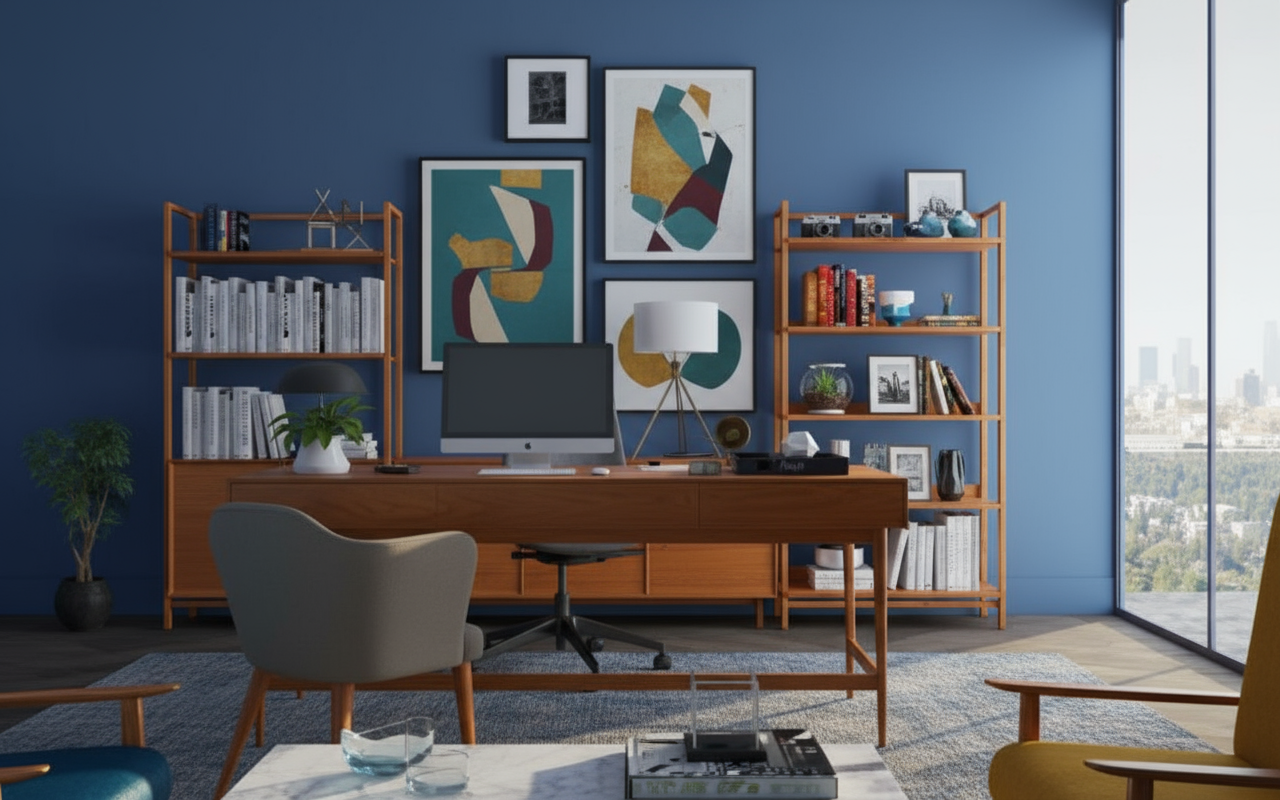
Stories from the Design Studio
Consider the case of Whispering Pines Retreat, a wellness center that approached designer Sarah Martins for a rebrand. During initial conversations, Sarah noticed the founder's eyes lit up when describing the ancient oak trees on their property—a detail not mentioned in the formal brief. This observation led Sarah to create a brand identity centered around an elegantly stylized oak tree, which deeply resonated with both the founder's vision and their clients' experiences.
This kind of intuitive leap—connecting an emotional response to a visual concept—represents the kind of creative thinking that human designers excel at. It's the difference between a technically sound design and one that tells a meaningful story.
AI vs Traditional Designers: A Detailed Comparison
Now that we've explored both approaches individually, let's put AI and traditional designers head-to-head across key factors that matter most to businesses seeking design services.
Speed and Efficiency
One of the most obvious differences between AI and traditional designers is the time required to complete projects:
| Design Task | Lovart Design Time | Traditional Design Time | Key Considerations |
|---|---|---|---|
| Logo Concept | Minutes | 1-2 Days | AI offers rapid iteration; humans provide thoughtful exploration |
| Complete Brand Identity | Hours | 2-3 Weeks | AI generates quickly; humans refine with strategic thinking |
| Marketing Materials | Hours | 1-2 Weeks | AI excels at variations; humans at conceptual alignment |
| Website Mockups | Hours | 1-2 Weeks | AI can generate multiple layouts; humans craft user journeys |
Try this prompt in Lovart: "Generate 5 different logo concepts for a modern fitness studio called 'FlexFit' that appeals to both men and women aged 25-40, using a vibrant but sophisticated color palette."
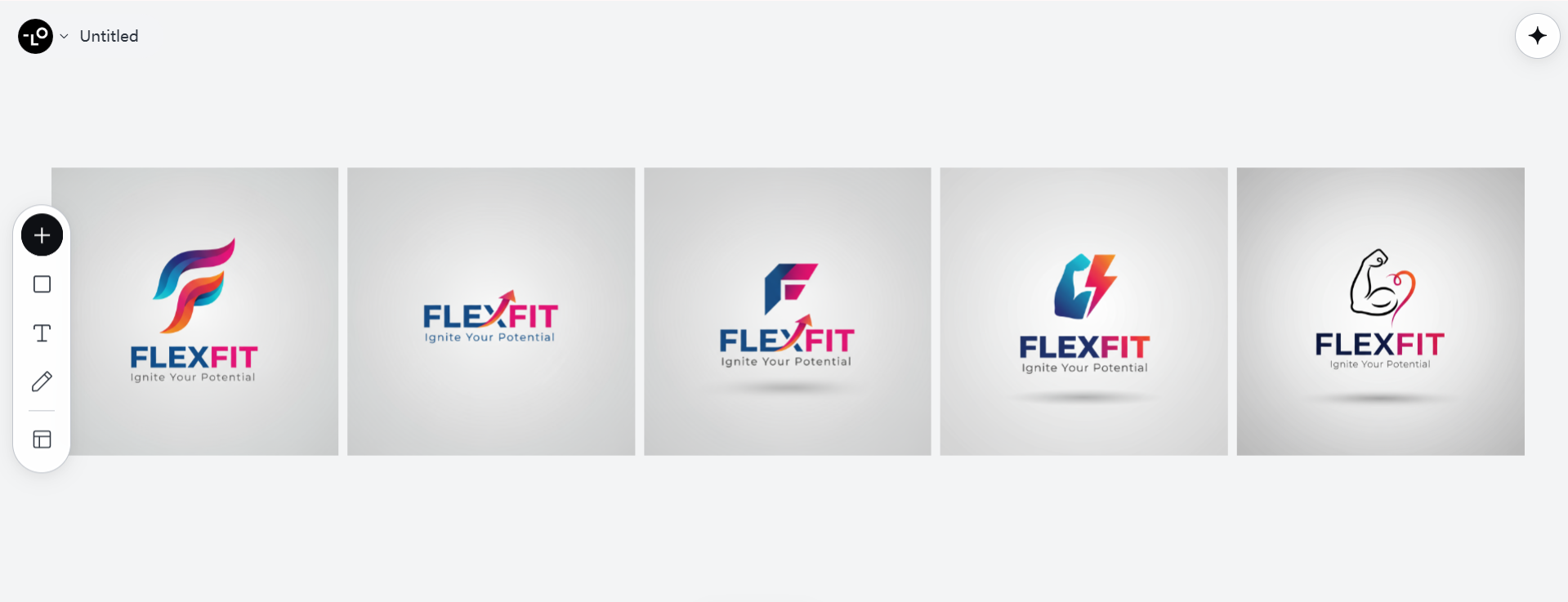
Cost Considerations
Budget is often a decisive factor for businesses, especially startups and small enterprises:
| Service Level | Lovart Design Cost | Traditional Design Cost | Value Considerations |
|---|---|---|---|
| Basic (Logo Only) | $20-150 | $300-2,500 | AI offers significant savings for simple projects |
| Standard (Brand Identity) | $100-500 | $2,500-10,000 | Cost gap widens as project scope increases |
| Premium (Complete System) | $500-1,000 | $10,000-50,000+ | Human expertise commands premium for complex systems |
While AI design tools offer substantial cost savings, the investment in a traditional designer often includes strategic thinking, industry expertise, and long-term brand guidance that extends beyond deliverable assets.
Originality and Uniqueness
In the realm of brand identity, standing out from competitors is crucial:
- AI Designers: Draw from trained patterns and may produce designs with recognizable influences; risk of similar solutions for similar briefs
- Traditional Designers: Bring personal perspective and can make unexpected creative connections; each designer has a unique approach
To maximize originality with AI, try this detailed prompt: "Create a unique brand identity for a boutique bookstore called 'Narrative Nook' that specializes in mystery novels. The design should avoid typical book imagery like open books or bookmarks, instead focusing on creating an atmosphere of intrigue and discovery through abstract elements. Use a color palette inspired by vintage detective novels but with a contemporary twist."
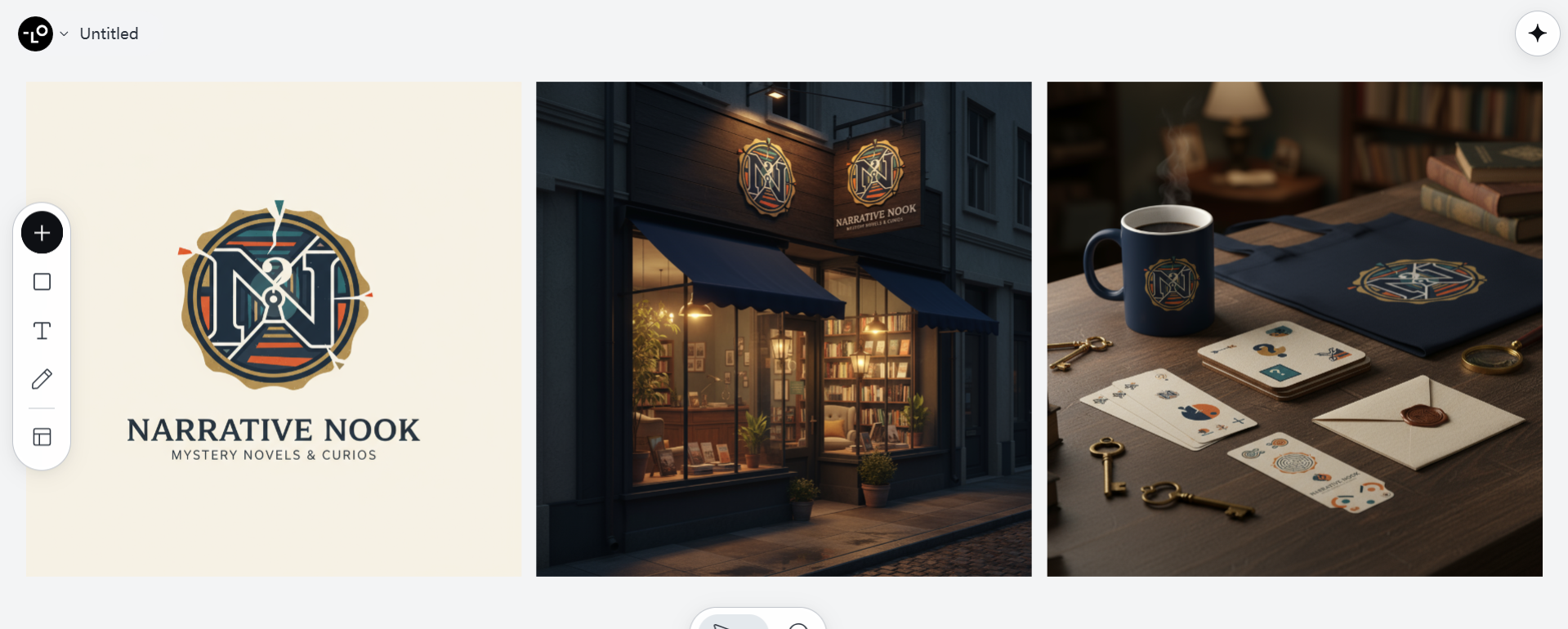
Strategic Thinking and Brand Alignment
Design isn't just about aesthetics—it's about supporting business objectives:
- AI Designers: Can analyze market trends and apply design principles, but may struggle with nuanced brand positioning
- Traditional Designers: Excel at connecting design decisions to business strategy and audience psychology
This difference becomes particularly important for businesses with complex positioning needs or those entering competitive markets where subtle differentiation matters.
Feedback and Iteration Process
The way feedback is processed represents another significant difference:
| Aspect | Lovart Design Process | Traditional Design Process |
|---|---|---|
| Initial Revisions | Instant generation of new options | Hours to days for thoughtful revisions |
| Understanding Feedback | May struggle with subjective or emotional feedback | Can interpret and apply nuanced feedback |
| Learning From Feedback | Improves with explicit direction | Develops deeper understanding of client preferences |
| Relationship Building | Transactional interaction | Builds creative partnership over time |
With Lovart, try this iterative approach: "I like the logo concept you created, but could you make the lines more fluid and organic? I want it to feel more welcoming and less geometric, while keeping the same color palette and overall structure."
Real-World Applications: When to Choose Which Approach
Rather than declaring one approach superior to the other, let's explore specific scenarios where each option shines. The right choice depends heavily on your specific needs, constraints, and goals.
When AI Design Tools Shine Brightest
AI design tools like Lovart offer particular advantages in certain scenarios:
- Startups with limited budgets: When financial resources are tight but professional design is still needed
- Quick-turn projects: When deadlines are extremely tight and speed is the priority
- Exploration and ideation: When generating multiple concepts to spark creative direction
- Simple, straightforward projects: When design needs are relatively standard without complex strategic requirements
- Content creation at scale: When producing large volumes of design assets for marketing campaigns
For example, a solopreneur launching an e-commerce store might use this prompt in Lovart: "Create a complete brand package for my new online store 'Serene Skincare' that sells natural facial products. I need a clean, minimalist logo, a soft green and ivory color palette, social media templates for Instagram and Facebook, and a simple packaging design for a facial serum bottle."
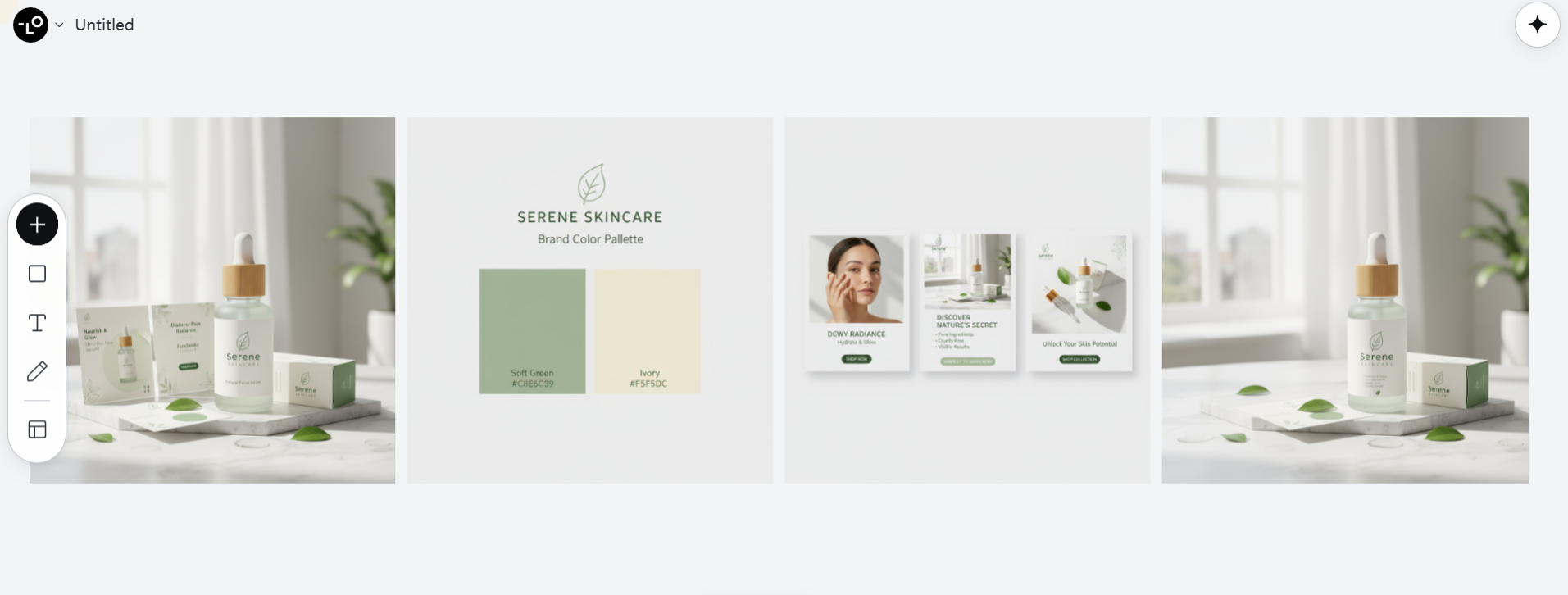

When Traditional Designers Deliver Greater Value
Human designers typically provide greater value in these scenarios:
- Complex brand positioning: When navigating crowded markets requiring subtle differentiation
- Emotion-driven brands: When the emotional connection with customers is central to the brand strategy
- Luxury or premium positioning: When the brand needs to convey exclusivity and exceptional quality
- Highly innovative products: When designing for novel concepts without established design patterns
- Cross-cultural considerations: When brand needs to resonate across diverse cultural contexts
A luxury watch brand entering an international market, for instance, would benefit from a human designer who understands the subtle cultural nuances of luxury signifiers across different regions.
Hybrid Approaches: The Best of Both Worlds
Increasingly, forward-thinking businesses are adopting hybrid approaches that leverage the strengths of both AI and human designers:
- AI-assisted ideation: Using AI to generate initial concepts that human designers then refine and elevate
- Human strategy + AI execution: Having human designers develop the strategic direction while using AI for production and variation
- AI scaling + human oversight: Employing AI to scale design across channels with human designers ensuring consistency and quality
For a hybrid approach in Lovart, try: "Generate three distinct design directions for a tech startup called 'NexusLink' that provides IoT connectivity solutions. Each concept should have a different approach: 1) A technical, precise aesthetic with blueprint elements, 2) A friendly, accessible style with connection metaphors, and 3) A bold, futuristic look with abstract data visualization elements."
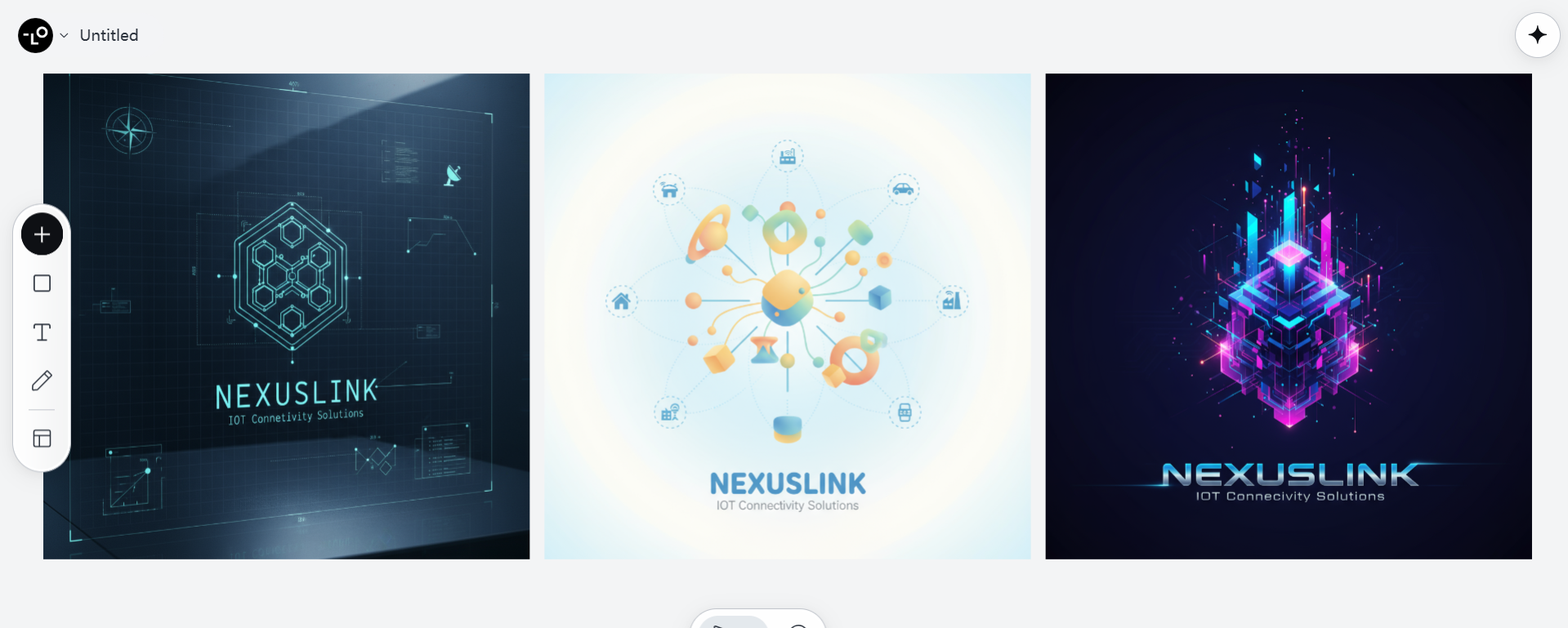
Looking to the Future: Emerging Trends in Design
As we consider the AI vs traditional designers debate, it's worth examining how this landscape continues to evolve. Several emerging trends are shaping the future of design:
Collaborative Intelligence in Design
Rather than AI replacing human designers, we're seeing the emergence of collaborative intelligence—where human creativity is augmented by AI capabilities. This partnership approach leverages the unique strengths of both:
- Human designers focusing on strategic thinking, emotional intelligence, and creative direction
- AI tools handling technical execution, variation generation, and optimization
- Continuous learning systems where human feedback trains AI to better understand subjective preferences
- AI handling routine design tasks while humans tackle novel creative challenges
This shift is creating new roles in the design industry, such as "AI Design Directors" who specialize in guiding AI tools to achieve creative visions.
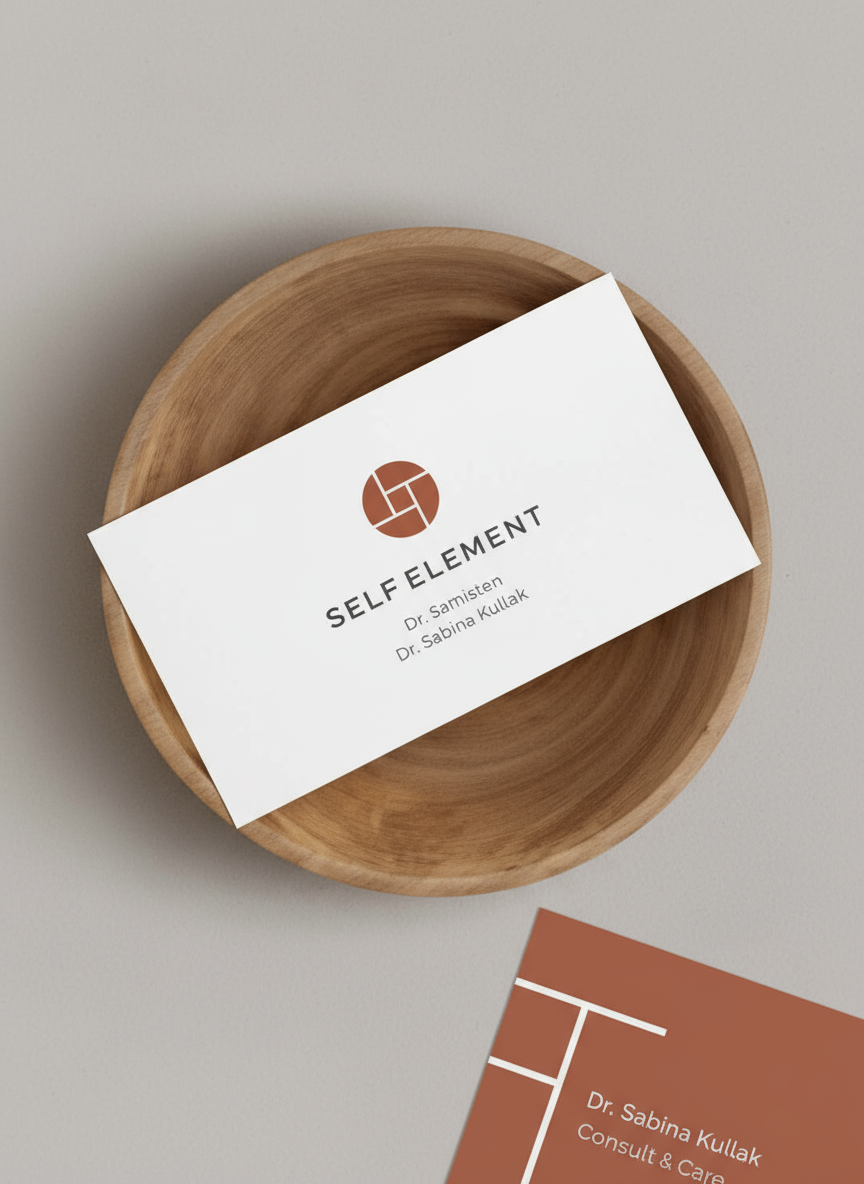
Hyper-Personalization in Brand Experience
Both AI and traditional design approaches are moving toward greater personalization:
| Personalization Level | Lovart Design | Traditional Design |
|---|---|---|
| Audience Segmentation | Algorithm-driven persona analysis | Intuitive audience understanding |
| Dynamic Content | Automated variation generation | Strategic content planning |
| Responsive Experiences | Real-time adaptation engines | Thoughtful experience mapping |
| Emotional Resonance | Data-driven emotional targeting | Empathetic design thinking |
As brands seek to create more personalized experiences, the combination of AI's scalability and human designers' emotional intelligence becomes increasingly powerful.
Democratization of Design Access
One of the most significant impacts of AI design tools is the democratization of access to professional design:
- Small businesses can access quality design without prohibitive costs
- Entrepreneurs can iterate on brand identities before major investments
- Content creators can produce consistent visual assets without specialized skills
- Non-profit organizations can allocate limited resources to their mission rather than marketing expenses
This democratization is creating new opportunities for businesses that previously couldn't afford professional design services, potentially reshaping competitive landscapes across industries.
Making Your Decision: A Practical Framework
With all these considerations in mind, how do you decide between AI and traditional designers for your specific needs? Here's a practical framework to guide your decision-making process:
Step 1: Assess Your Brand Design Needs
Start by honestly evaluating these key factors:
- Budget constraints: What financial resources can you realistically allocate to design?
- Timeline requirements: How quickly do you need your design assets?
- Strategic complexity: How nuanced is your brand positioning and market situation?
- Competitive landscape: How saturated is your market with similar visual identities?
- Long-term vision: Will your brand need to evolve significantly over time?
Step 2: Consider Your Internal Resources
Your existing capabilities will influence which approach works best:
- Design literacy: Can someone on your team effectively evaluate design quality?
- Brand clarity: How clearly articulated is your brand vision and strategy?
- Technical capabilities: Can your team implement and maintain design systems?
- Content production needs: What volume of ongoing design assets will you require?
Step 3: Test Both Approaches
Before committing to either path, consider testing both approaches:
For AI design testing in Lovart, try: "Design a logo and visual identity for 'GreenGrowth,' an urban gardening subscription service that delivers seasonal seeds and organic soil to city dwellers. The design should incorporate elements of nature and city living, use earthy tones with one vibrant accent color, and include a simple social media template that highlights the monthly seed selection."
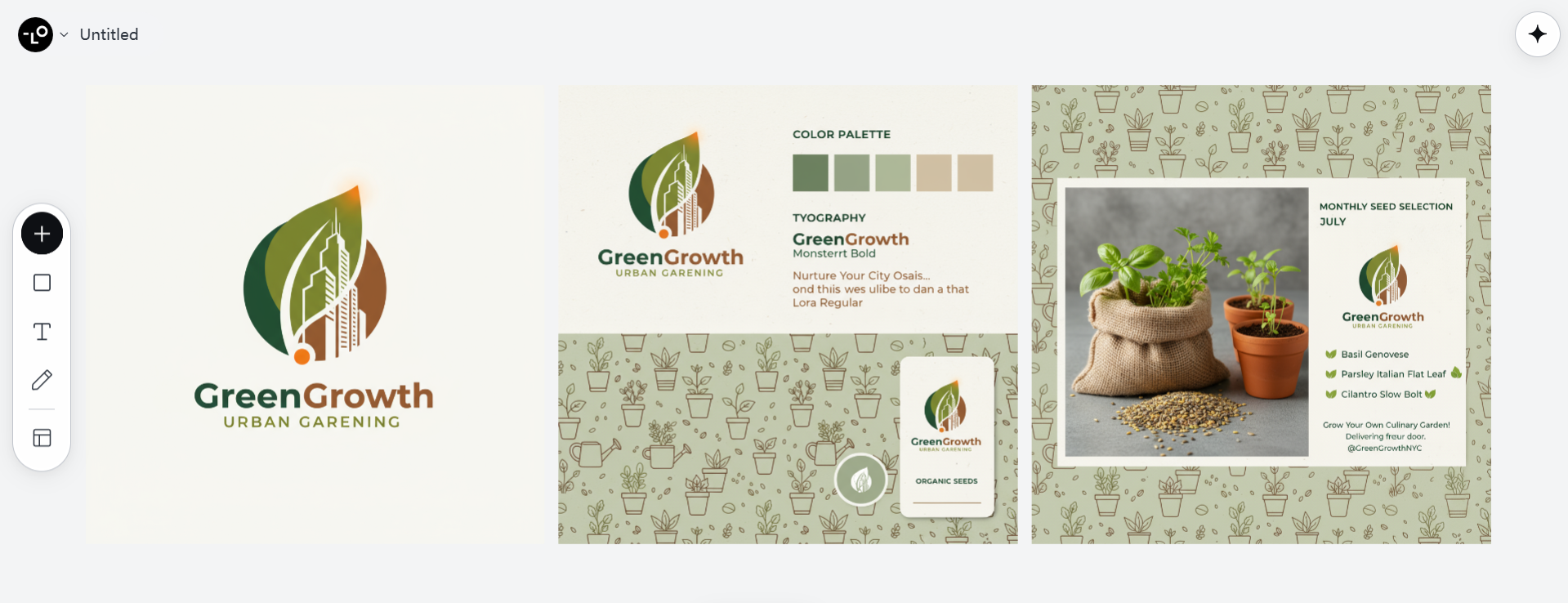
For traditional design testing, commission a small initial project from a freelance designer to evaluate their process and results before committing to a larger engagement.
Step 4: Consider a Hybrid Approach
Many businesses find that a thoughtful combination of AI and human design provides the best results:
- Use AI for initial exploration and concept generation
- Engage a human designer to refine and elevate the most promising concepts
- Employ AI for creating variations and assets based on the established direction
- Maintain human oversight for quality control and strategic alignment
This approach can significantly reduce costs while still benefiting from human creative expertise where it matters most.
Conclusion: Embracing the Design Revolution
The debate between AI and traditional designers isn't about declaring a winner—it's about understanding how to leverage the right approach for your specific needs. As we've explored throughout this article, both AI design tools like Lovart and human designers offer distinct advantages in different scenarios.
The future of design isn't about choosing between AI and human creativity but finding the optimal way to combine them. As AI continues to evolve, it will increasingly handle routine design tasks while human designers focus on strategic thinking, emotional intelligence, and creative direction. This partnership approach promises to make design more accessible, efficient, and effective than ever before.
Whether you're a startup founder looking to establish your first brand identity or a marketing director refreshing an established brand, understanding the relative strengths of AI and traditional designers empowers you to make informed decisions that balance quality, speed, and cost.
The future of brand design isn't AI vs traditional designers—it's AI and traditional designers working together to create exceptional brand experiences. And that's a future we can all get excited about! 🚀✨

Compartilhar Artigo